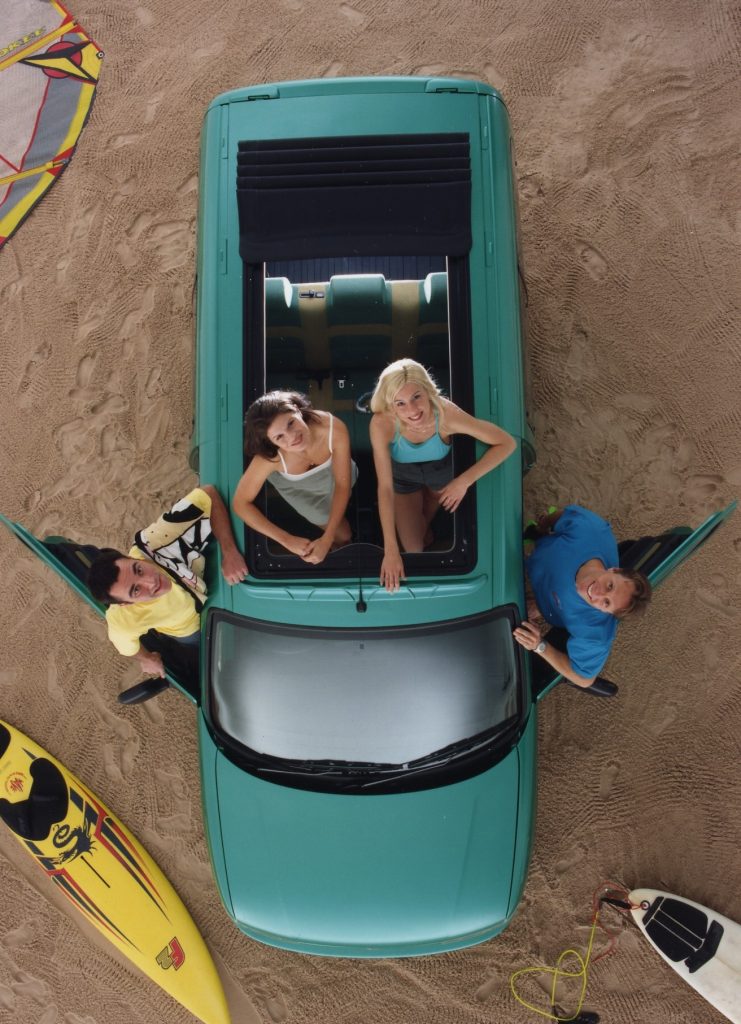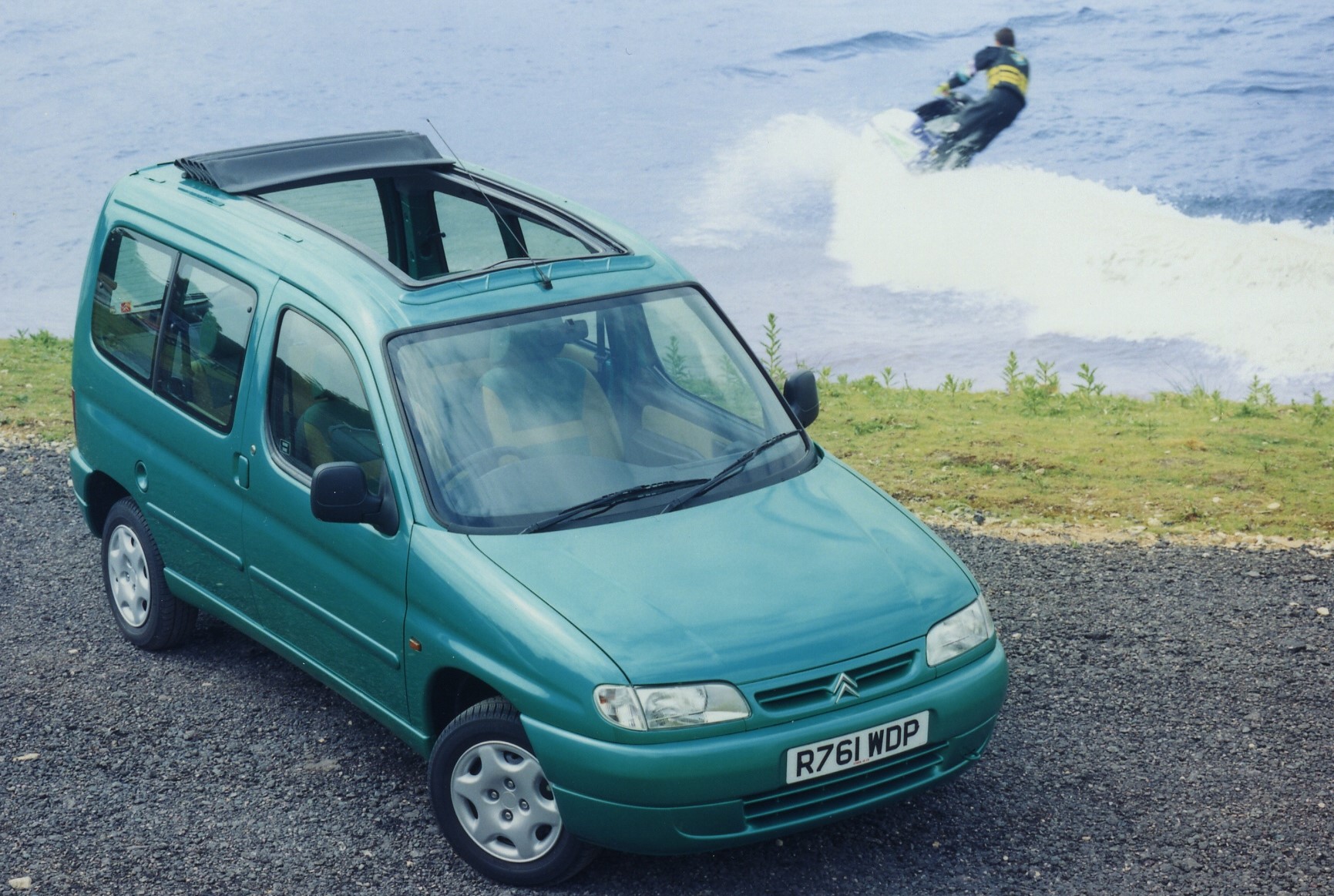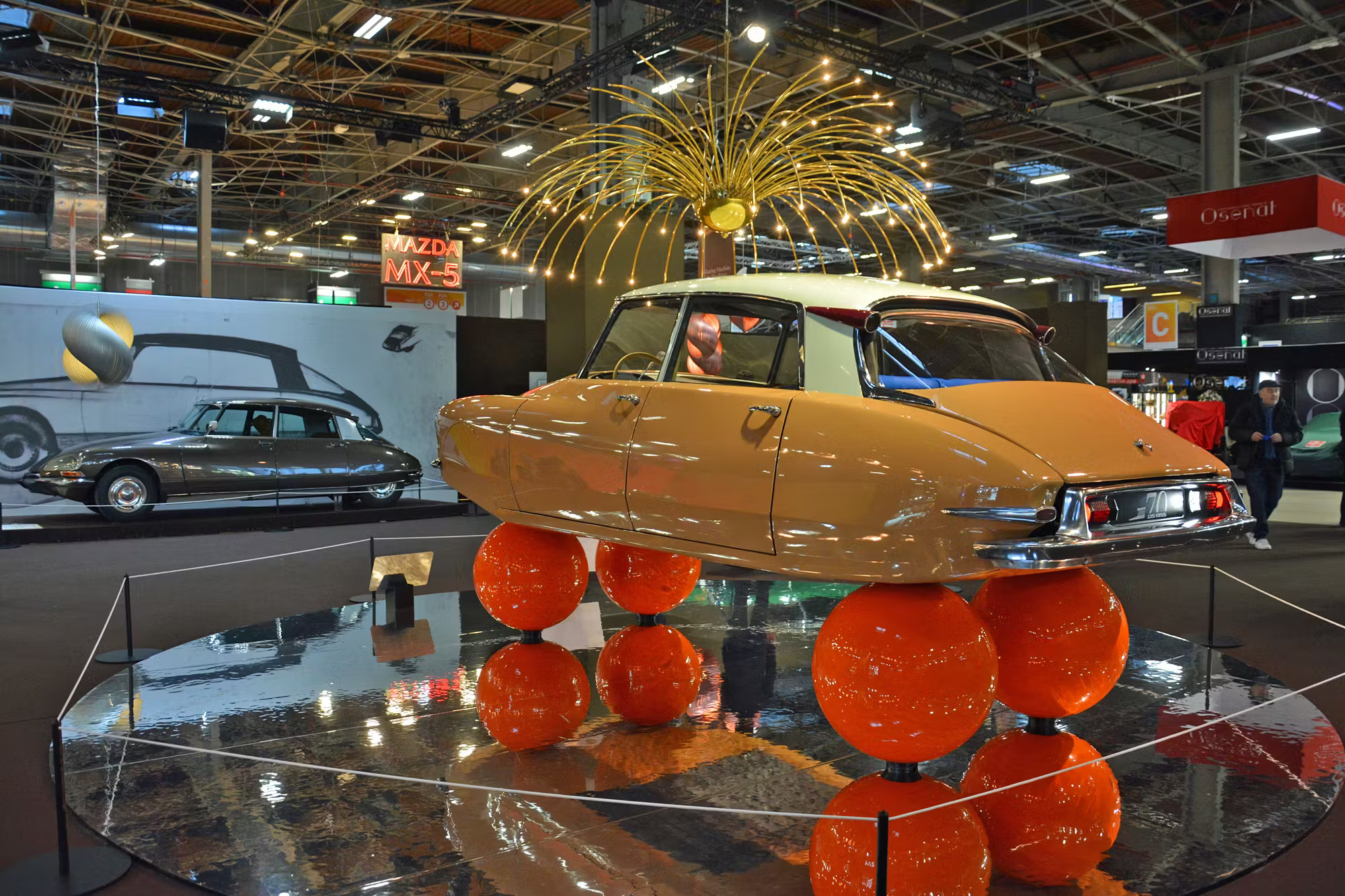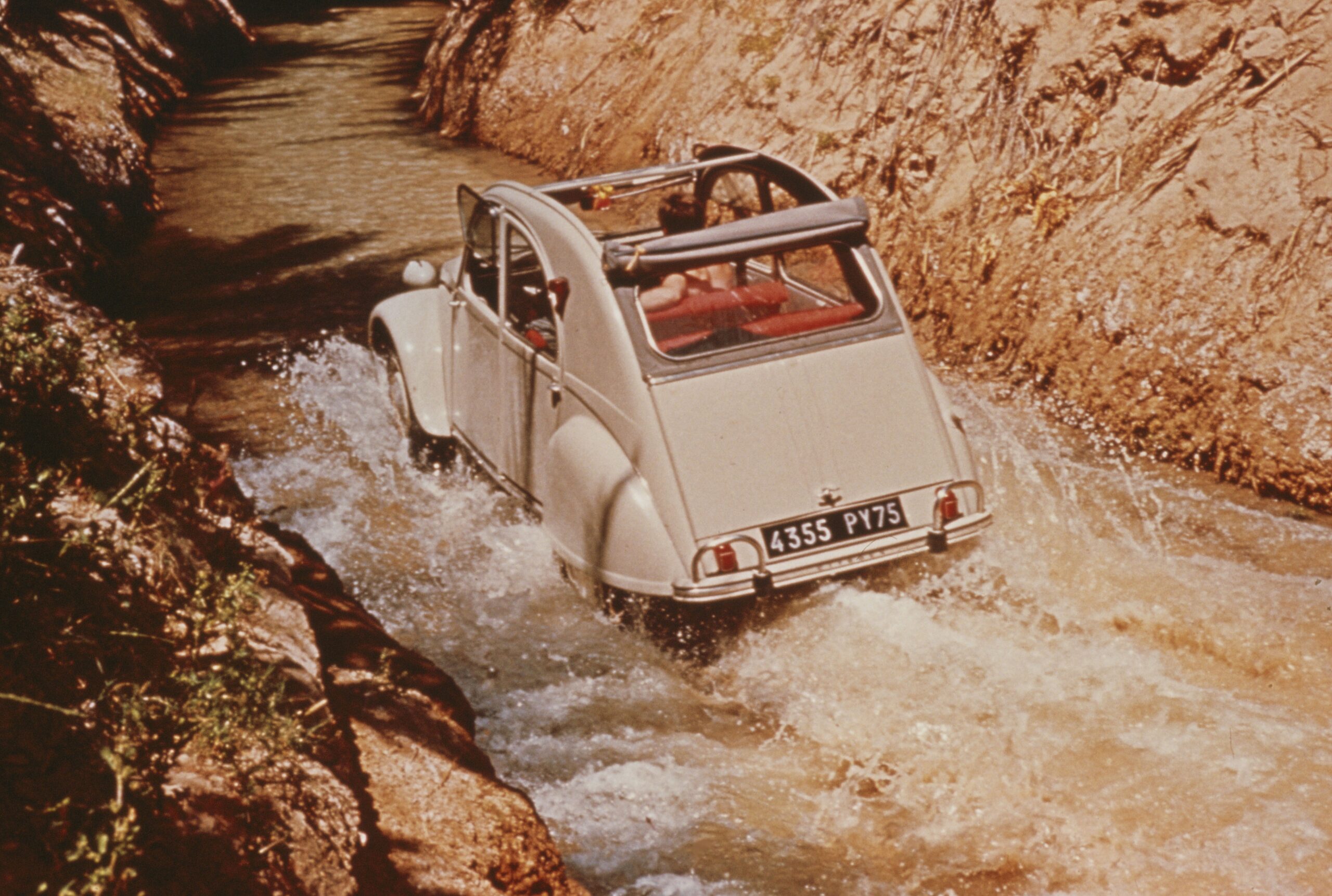Practicality isn’t sexy.
Or is it? After all, it’s not like the old Volkswagen Type 2’s association with the 1967 ‘Summer of Love’ is all down to the convenience of being able to swap out the VW badge for a peace sign. Nor that the customised US ‘day vans’ that followed in the 1970s, complete with wall-to-wall shag pile carpeting, were just a convenient place to store your band’s guitars. Or that there has been an entire genre of boxy vehicles in Japan aimed squarely at young folks as a place to . . err, enjoy views of Mount Fuji, away from the confines of their parents’ thin-walled houses.

The Citroën Berlingo hasn’t quite developed a reputation like any of the above. Instead it appears to use its practicality for more wholesome pursuits, like absurdly practical family transportation, or space for those whose activities tend to include wearing special clothing (wetsuits, hiking shoes, clip-ons) rather than none at all.
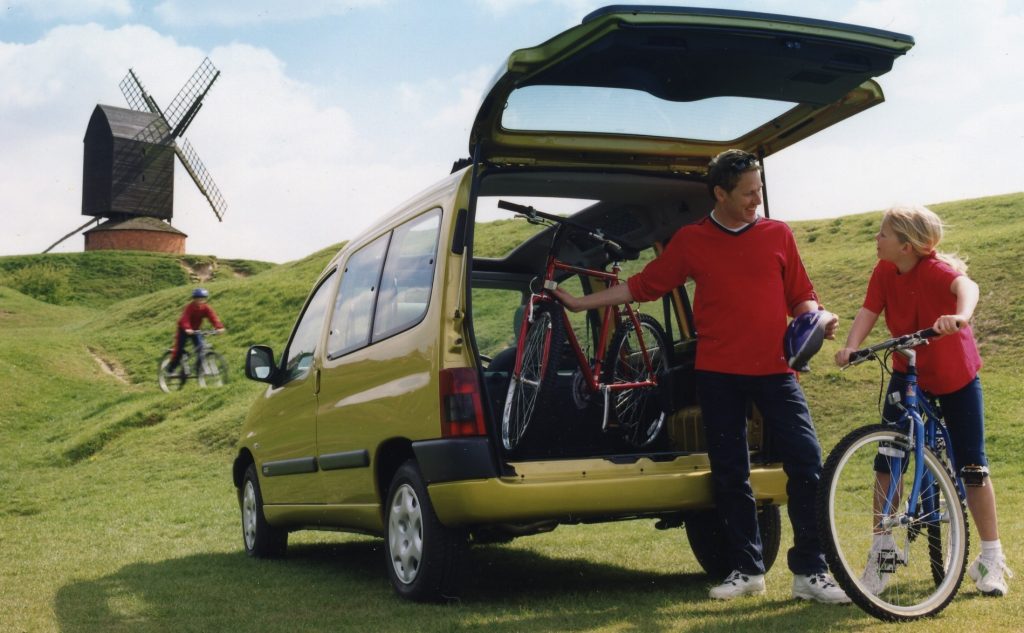
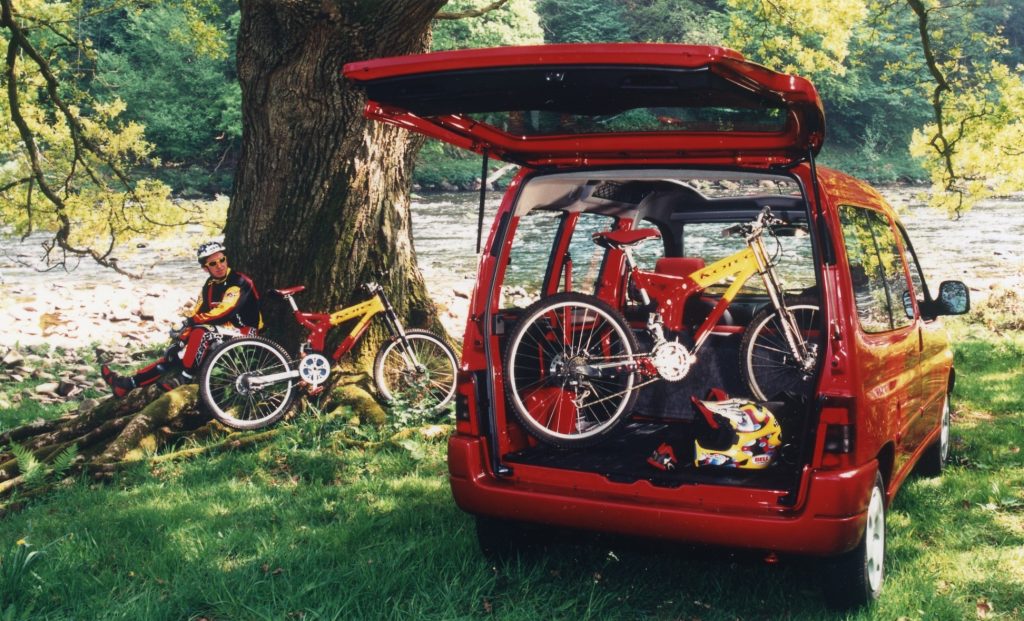

Its popularity is enduring, however. Ignore the fact that today’s Ami is very different from the car sold 50 years ago, and the Berlingo nameplate is one of the oldest in the brand’s lineup, having debuted in 1996. It’s these early models we’re pitching for future classic status, because it’s these early models that seem to be developing quite a following, more than quarter of a century on from launch.
Back in 1996, it was nothing more exotic than a replacement for the ageing Citroën Visa–based C15, plus in Peugeot Partner form, a follow-up to van versions of the Peugeot 205 and 305. As you’d expect from a van, there’s nothing much to crow about underneath, either, with PSA’s usual combination of front struts and rear trailing arms sprung by torsion bar. Engines were familiar as well, with a range of TU petrols and XU diesels plucked from the brand’s small cars.
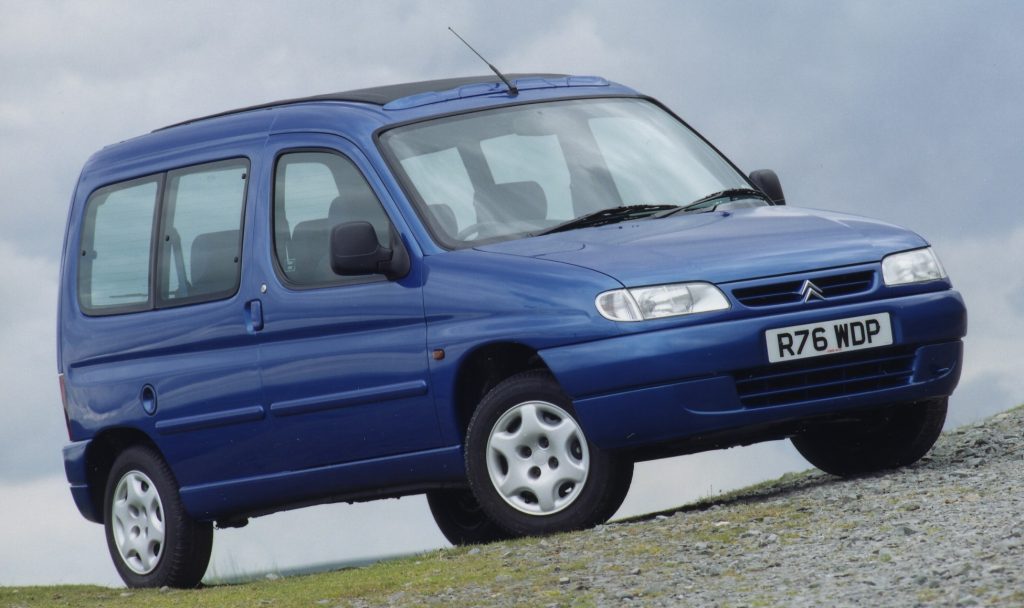
Visual impact? Not much of that, either, it being basically a van and all, though being designed as such from the outset rather than car-derived like the C15, the shape is more cohesive, a large windscreen curving directly into the Berlingo’s high roof.
And this is where the endearing genius of the Berlingo begins, because cabin space is vast. No surprise for a van, but in Multispace form – the one with windows, for families, and more likely to become a classic than its panel-van counterpart – the cabin space is truly astonishing for a relatively compact vehicle.
You might think all that space is wasted, given it’s above your head and even the tallest folks with the most extravagant top-hats wouldn’t touch the ceiling, but it allows for a few things: a raised seating position, deeper footwells, and clever storage solutions in a place that’s normally wasted space. Citroën and Peugeot both offered a large overhead plastic tray full of cubbies and shelves, and while we don’t doubt a few objects have fallen out of it onto a driver’s head over the years, and some probably still carry lost heirlooms from their original families, the execution was still great.
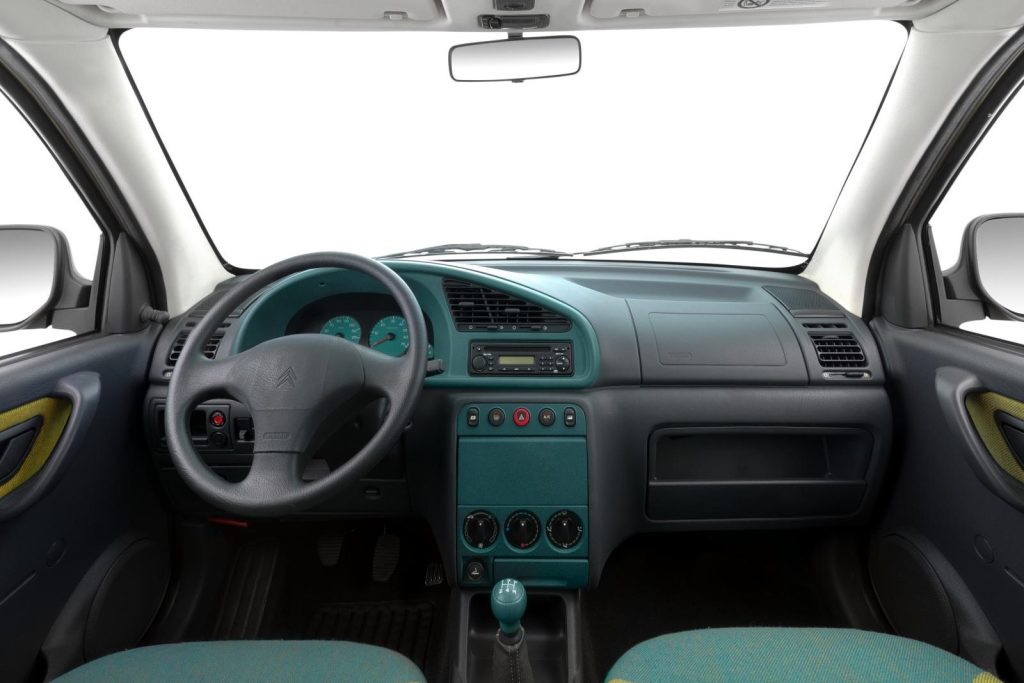
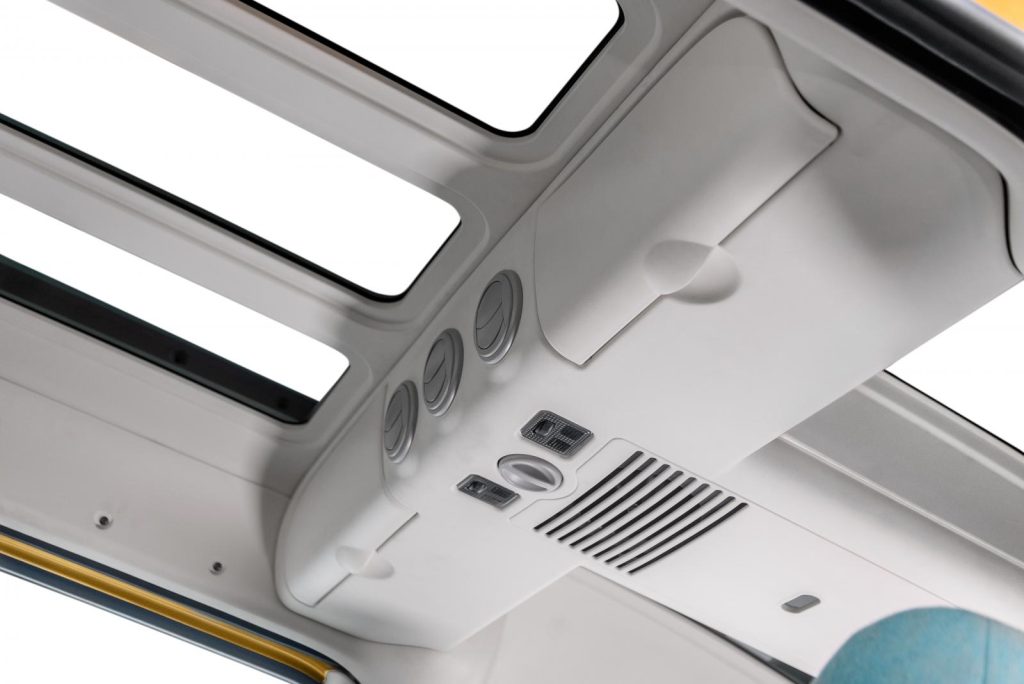
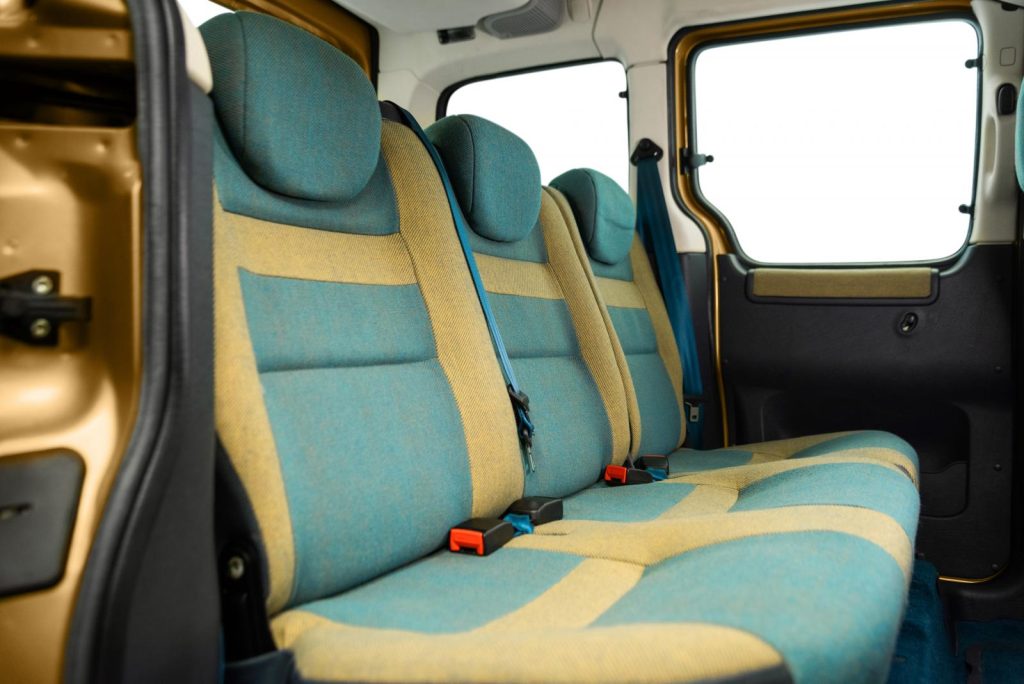
Early Berlingos were three-door only, slightly limiting practicality, but from 2000 on in the UK they all gained rear sliding doors (matching its Renault Kangoo rival), which are unmatched by any other door design for loading and unloading kit and kids. Citroën even offered a sliding electric fabric sunroof, sort of like a posh 2CV, for a mere 450 quid.
“Posh 2CV” isn’t too wide of the mark for the way it drives, either. The French have a knack for building truly practical cars for low prices, which seem to avoid the trap of being depressing or austere. This holds true even for the very latest Berlingos, compared to, say, the similar Volkswagen Caddy, which is a lot less cheerful.
No other country quite understands the genre to such a degree, and even when they get close, they don’t make them as fun to pedal. The Berlingo’s no hot hatch, but its engines are willing, and as anyone who has ever followed a Berlingo down a French B-road will know, they have the ride and handling chops to get along at above-average pace.
It’s when you start adding up all the Berlingo’s qualities that calling it a future classic no longer seems so daft. It’s useful, characterful, good to drive, affordable (well within the reach of younger enthusiasts, which will bode well for its popularity well into the future), and fairly reliable and straightforward to fix (so keeping them going is no hardship). Practicality may not be sexy, but it certainly makes for a long-lasting relationship.
